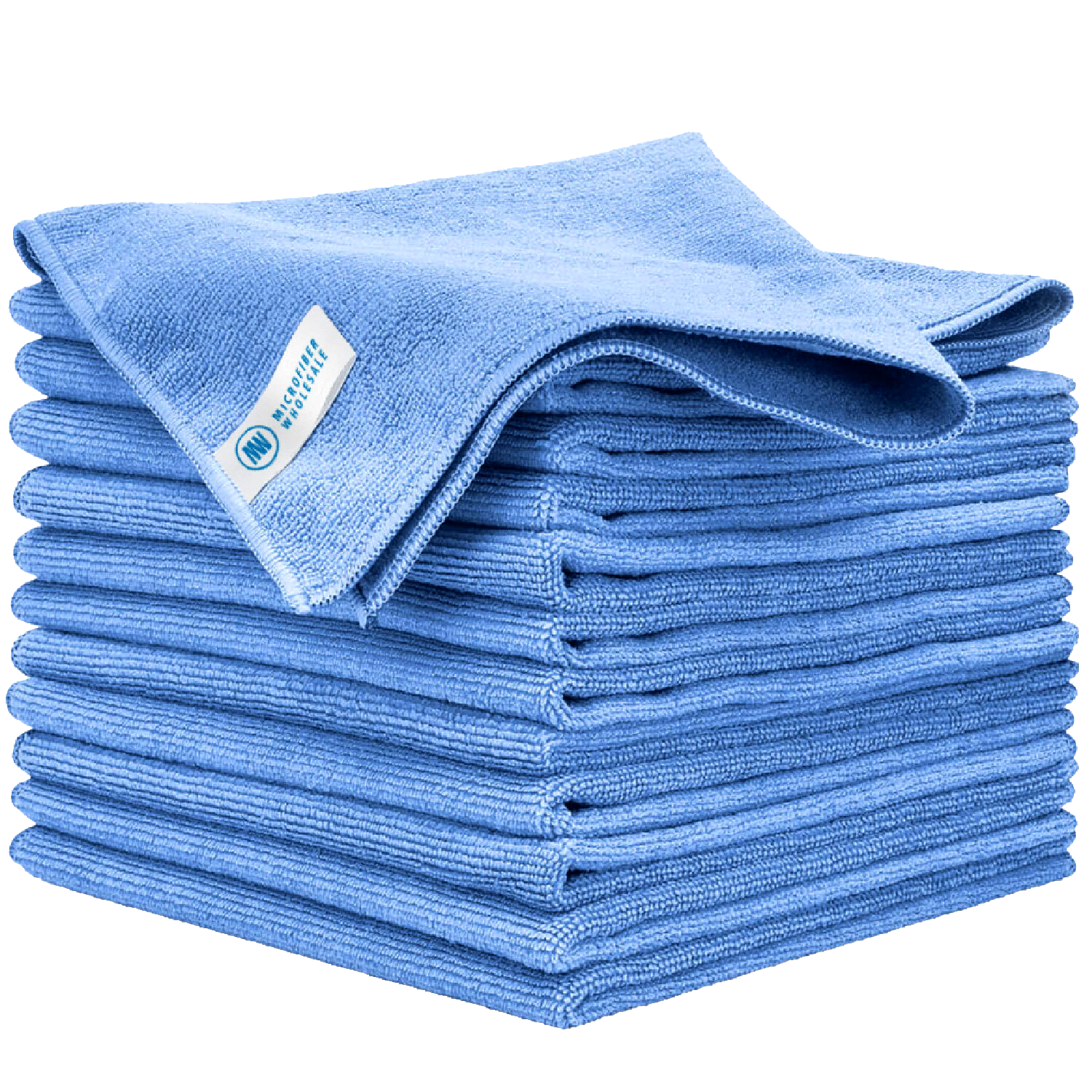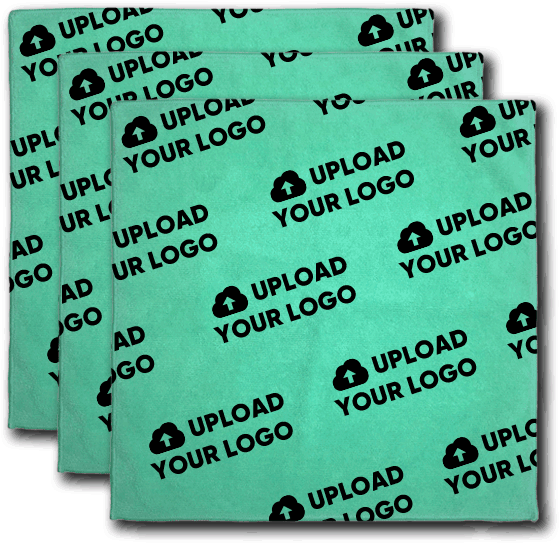Raise your hand if you’ve ever stared at those crusty white rings around your faucet and wondered, “Is this ever going to come off?” You’re not alone!
Hard-water stains are the uninvited guests that refuse to leave—until now. Grab a cup of coffee (or tea!) and settle in.
We’re about to walk you through everything you need to know about why these stains show up and, more importantly, how to send them packing.


















 By continuing with your order, you acknowledge and agree to the following:
By continuing with your order, you acknowledge and agree to the following: